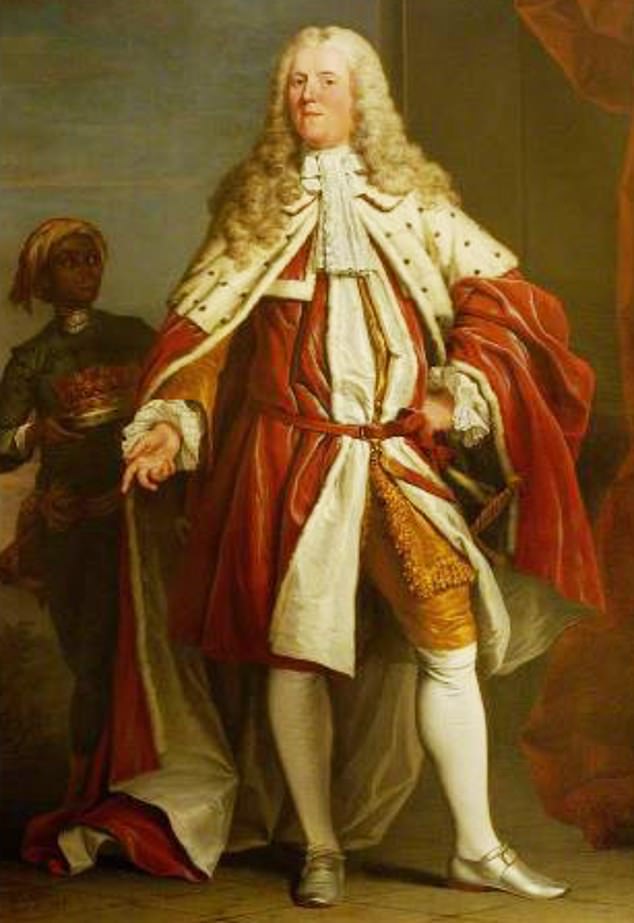Oriel College, Oxford, with a nearly 700-year history of educating brilliant minds, is facing criticism from one of its graduates for allegedly succumbing to ‘woke’ culture. A magnificent portrait of an 18th-century alumnus, the 5th Duke of Beaufort, has reportedly been ‘secretly removed’ from the college and relocated to Badminton House. The portrait features a black page boy or servant in the background, which the critic claims led to its removal to avoid offending students. This action has been met with derision, especially considering the Duke of Beaufort’s historical significance as a benefactor who endowed scholarships for poor scholars at Oriel.
The decision to remove the portrait from Oriel College has raised questions about whether the institution is allowing itself to be influenced by modern ‘woke’ attitudes. Critics argue that the removal of the painting depicting a black servant reflects a lack of historical respect and a misguided attempt to appease contemporary sensitivities. Oriel College maintains that the portrait was only loaned to Badminton House for safekeeping during renovations to the Senior Library. However, the controversy surrounding the removal suggests a deeper concern about the erosion of traditional values and the stifling of free expression on university campuses.
The portrait of the 5th Duke of Beaufort, which has been at Oriel College for an extended period, has now become a focal point in the debate over political correctness and historical representation. Some argue that removing such artwork is a form of censorship that erases important aspects of the institution’s heritage, while others see it as a necessary step towards creating a more inclusive and equitable environment. The decision to relocate the portrait, allegedly due to concerns about offending students, raises broader questions about the role of universities in shaping societal attitudes and preserving historical artifacts.
The controversy surrounding the removal of the portrait at Oriel College reflects a broader cultural shift towards reevaluating historical figures and symbols in light of modern values. As universities grapple with issues of diversity, equity, and inclusion, they are faced with difficult decisions about how to balance respect for tradition with the need to address past injustices and promote a more inclusive campus environment. The case of the 5th Duke of Beaufort’s portrait highlights the tensions between upholding historical legacies and responding to contemporary social norms, raising complex questions about the role of artwork and symbolism in shaping collective memory.
The debate over the removal of the portrait at Oriel College underscores the challenges facing institutions of higher education as they navigate evolving social attitudes and historical legacies. While some view the relocation of the painting as a necessary step towards acknowledging past injustices and promoting diversity, others see it as a capitulation to political correctness and an erosion of intellectual freedom. The controversy at Oriel College is just one example of the broader tensions playing out on university campuses around the world, as educators, students, and alumni grapple with questions of representation, identity, and power in the context of higher education.
Ultimately, the fate of the portrait of the 5th Duke of Beaufort at Oriel College serves as a microcosm of the larger debates surrounding history, heritage, and social change in contemporary society. As institutions like Oriel navigate the complexities of modernity and tradition, they must confront difficult questions about how to reconcile past injustices with present values and create inclusive spaces for learning and discourse. The resolution of this controversy will not only shape the future of Oriel College but also offer valuable insights into the ongoing struggle to balance preservation and progress in academia and society at large.


